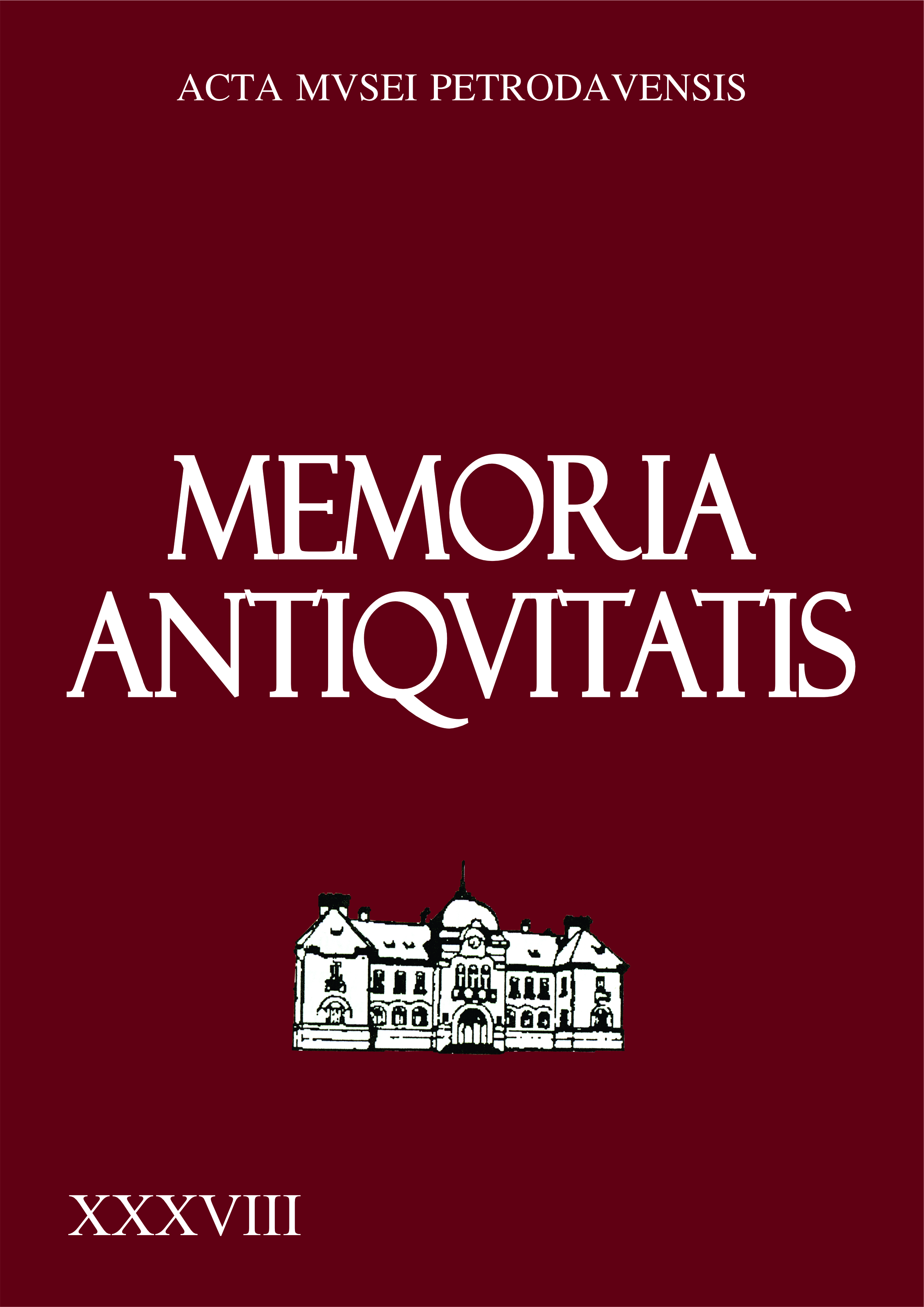Cercetările arheologice preventive de la Săcălușești-Dealul Buga (com. Agapia, jud. Neamț) și câteva contribuții privind epoca bronzului și prima epocă a fierului în zona subcarpatică a Moldovei
The rescue archaeological research from Săcălușești-„Dealul Buga” (Agapia commune, Neamț County) and some contributions concerning the Bronze Age and the Early Iron Age in the Moldavian Subcarpathians
Author(s): Vasile Diaconu, Constantin Preoteasa, Alexandru Gafincu, Doru Bogdan, Bogdan Bobînă, Ancuța I. Bobînă, Cristina TrifSubject(s): History, Archaeology, Cultural history, Ancient World, Prehistory
Published by: Editura „Constantin Matasă”
Keywords: rescue archaeology; Săcălușești; Moldavian Subcarpathians; Neamț Depression; Early Bronze Age; Late Bronze Age; Early Hallstatt; dwelling; artefacts;
Summary/Abstract: This paper presents the results of the archaeological rescue research performed in 2021 in the site of Săcălușești-Dealul Buga (Agapia commune, Neamț County), located in the Neamț Depression of the Moldavian Subcarpathians. Carried out over an area of circa 5000 m2, the investigations highlighted some archaeological complexes, more exactly a dwelling and 17 pits. Chronologically, the oldest habitation belongs to the Early Bronze Age and is represented only by a few ceramic shards. As the Late Bronze Age is concerned, the habitation is proven by 2 pits alongside some ceramic findings. The most archaeological complexes from the site are dating back in the First Iron Age and are represented by a dwelling and some pits. The dwelling was not researched entirely, but we can affirm that it was a large construction (above 65 square meters), made on a twig structure covered with clay. A hearth, a large quantity of pottery and a clay spindle-wheel were found inside the dwelling. The site of Săcălușești is important by the fact that it covers multiple habituation periods (from the Bronze Age to the First Iron Age), with good analogies in the nearby areas.
Journal: Memoria Antiquitatis
- Issue Year: 1/2022
- Issue No: XXXVIII
- Page Range: 91-127
- Page Count: 37
- Language: Romanian

